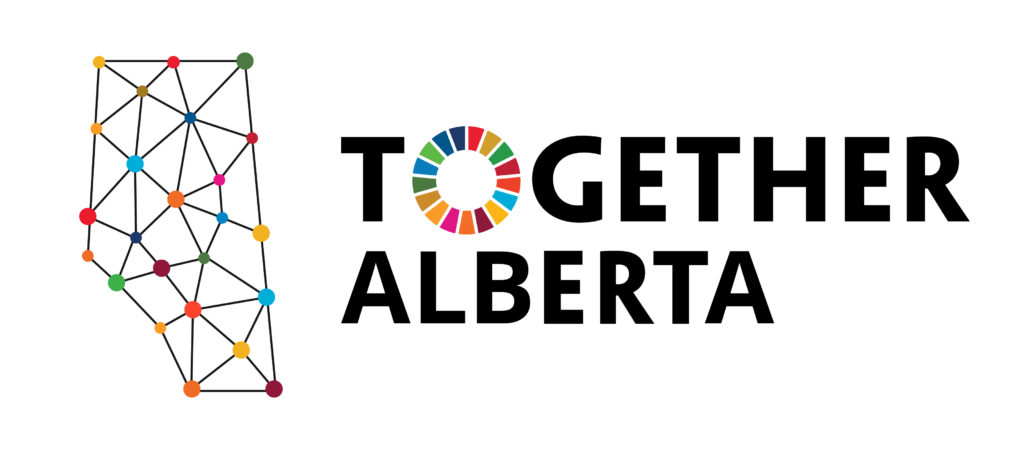Peace River Community Reflections

This roundtable’s discussion centered around the importance of communication between different actors in communities at the governmental level and between different organizations. Funding and talent were also resources in short supply. At this roundtable, a diverse group of sectors were represented; actors from the private sector, nonprofits and academia were all present. Key SDGs of discussion were Quality Education, Good Health and No Poverty.
Opportunities
An opportunity for investing in remote communities which was discussed centered around leveraging secondary and post-secondary learning institutions. Different schooling structures are essential to increasing the talent pool within these communities; satellite learning resources, alternative schooling programs and additional services in education were seen as very valuable for increasing skills of members of communities, while retaining those more skilled members of the community.
Remote trades education experiences and high school Outreach were both identified as opportunities for education which appropriately catered to different community members’ learning needs. Additional services related to transportation, child care and food preparation were cited as additional benefits seen through these programs. Another secondary benefit for remote communities through the implementation of learning institutions was increased access for the full community to telecommunications and internet services.
Challenges
One challenge that surfaced was a breakdown in communication between community leaders. Several leaders of community initiatives were present and had drastically different views on issues related to housing insecurity in Peace River. This showcased a disconnect between different actors in the community around housing accessibility; some members have identified improving the scale of affordable and accessible housing services provided as a pressing need, while other community members do not feel as though it is an immediate issue.
Another challenge which was discussed is decreased engagement by youth in the community around social initiatives. Several factors contributed to this, with two key factors being increased digital communication limiting in-person engagement, and limited services and opportunities within the relatively small community resulting in individuals leaving for larger cities. This was described as a problem for multiple towns and counties in the area. Limited resources around mental health support were identified specifically. Access to mental health resources can be limited in remote communities, forcing individuals to either leave their community and existing support networks for other communities with better services, or remain within their community with inappropriate.
Another challenge that surfaced was the interplay between municipal, provincial and federal jurisdictions. Tension was felt between all three levels of government, and this has led to challenges in delivering different social programming. Clearer communication means and explanations are required for their success.